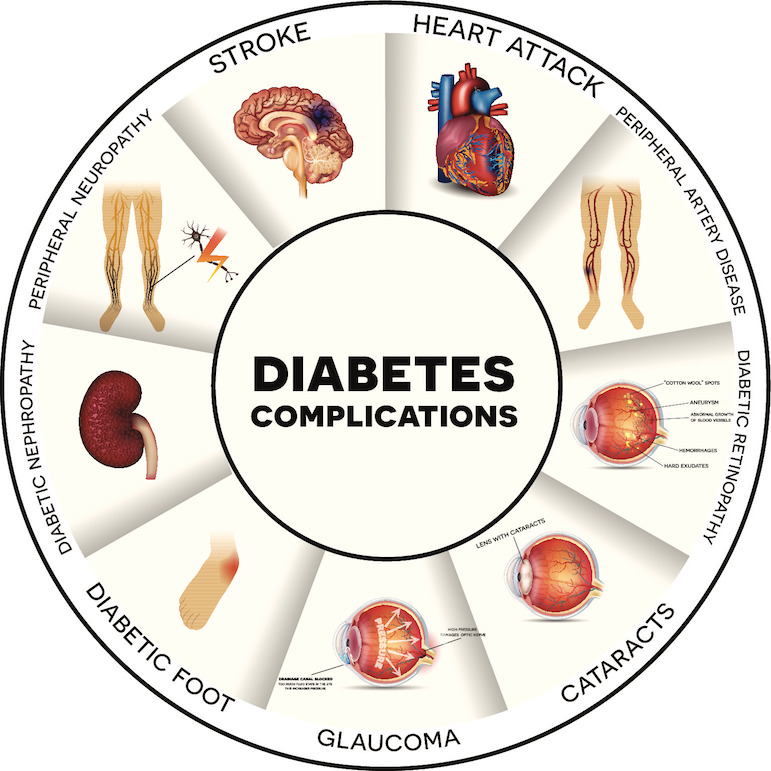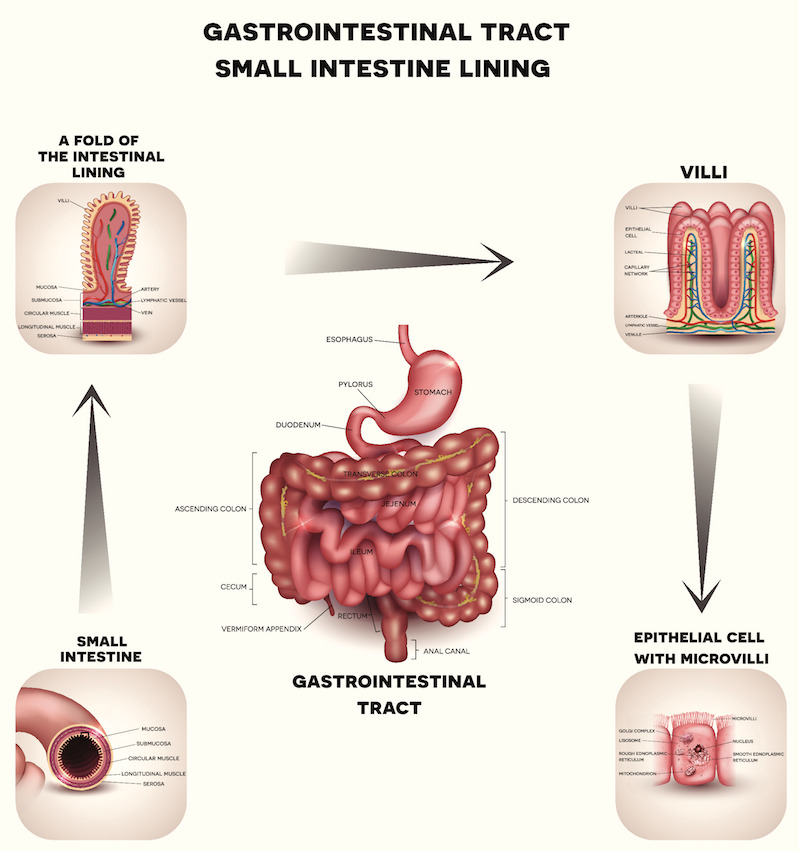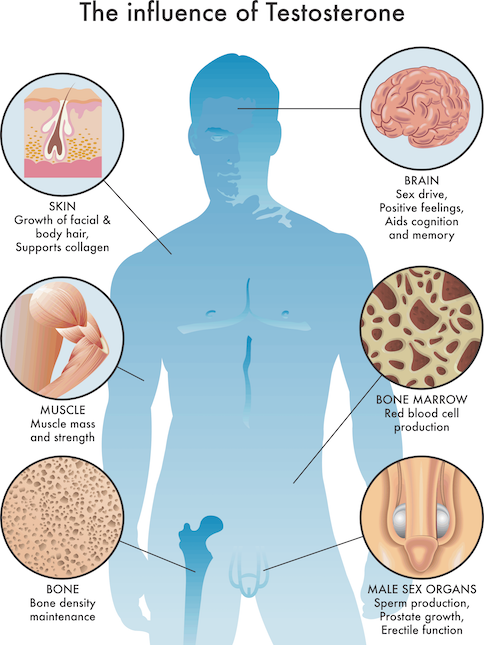14 Signs You Might Be Living with Hypothyroidism
Nearly 5 percent of the nation’s population over the age of 12 suffers from hypothyroidism, with older women more likely than any other age group to experience this condition.
Hypothyroidism occurs when the thyroid gland — located in the front lower part of the neck below the voice box— doesn’t produce enough thyroid hormones to keep up with the needs of the body. Simply put, the thyroid is underactive.
And that becomes a problem, because the thyroid is charged with overseeing the function of your metabolism, which determines how your body uses energy from food. For those suffering an underactive thyroid, body processes can slow down, which upsets the normal balance of chemical reactions to your body.
What are some of the signs? If you have any of the following symptoms, you may be suffering from hypothyroidism:
| Aches and pains | Anxiety |
| Constipation | Depression |
| Dry skin | Elevated cholesterol |
| Fatigue | Hair loss or thinning |
| High or low blood sugar | Memory loss |
| Morning headaches | Restless sleep |
| Swelling of the face or body | Weight gain or difficulty losing weight even with diet and exercise |
These are just the short-term impacts. The long-term impacts are even more serious: Continue reading…











